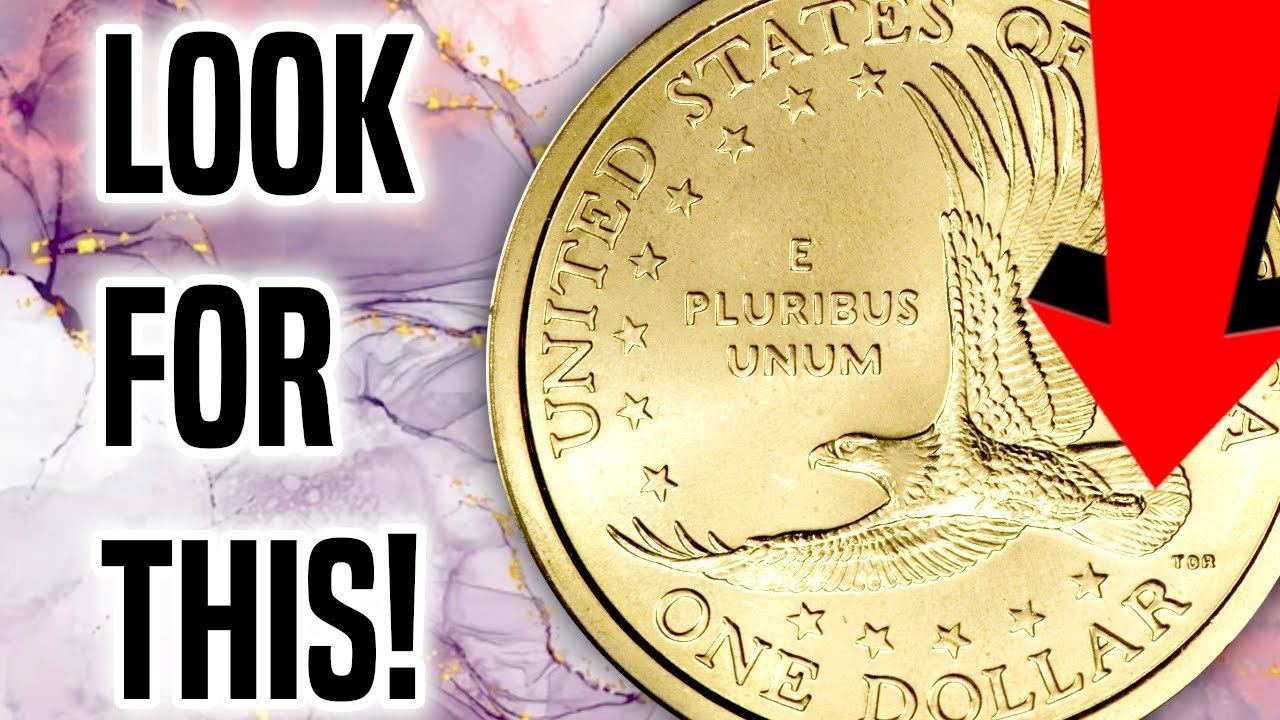Rare Sacagawea Dollar Imagine opening an old family trunk, expecting dusty quilts and faded letters, only to discover a coin that could rewrite your financial story. That’s the allure of the rare Sacagawea dollar—a coin hiding in plain sight that has stunned collectors and families alike. Could your attic hold one too?
What Makes the Sacagawea Dollar Special?
First released in 2000, the Sacagawea dollar was designed to honor the Shoshone woman who guided Lewis and Clark. Struck in a golden-colored manganese-brass alloy, it featured a unique look unlike any U.S. dollar before. While billions circulated, only a few rare varieties turned into true treasures.
The Hidden History of Rare Sacagawea Dollars
The most famous rarity is the 2000-P Cheerios Dollar. These were given away in Cheerios cereal boxes as a promotion, but only about 5,500 were ever distributed. What makes them different? The eagle tail feathers on the reverse were more detailed than the mass-circulated version. Today, that small difference can mean a massive payday.
Why Rare Sacagawea Dollars Matter Today
Collectors crave these coins for their scarcity, design variations, and historical significance. The Cheerios Dollar isn’t the only valuable type. Error coins, prototype strikes, and coins in pristine uncirculated condition can command big prices. What started as a modern dollar coin has become a cornerstone of 21st-century coin collecting.
Notable Varieties and Their Values
Here’s a quick look at the Sacagawea dollars that have stunned collectors with their worth.
| Type of Sacagawea Dollar | Distinguishing Feature | Estimated Value Range |
|---|---|---|
| 2000-P Cheerios Dollar | Extra-detailed tail feathers | $3,000 – $15,000 |
| 2000-P Mule Error | Washington quarter obverse + Sacagawea reverse | $50,000 – $200,000+ |
| 2007-2009 Presidential/Sacagawea Mule | Double-denomination error | $30,000 – $100,000 |
| High-Grade MS/PF Coins | Mint State 68 or Proof 70 | $100 – $1,500 |
Jaw-Dropping Collector Facts
- The 2000-P mule error is considered one of the rarest modern coins in U.S. history.
- Some Sacagawea dollars still show up in circulation, though most valuable ones are long pulled.
- A Cheerios Sacagawea once sold at auction for nearly $30,000.
Expert Tips for Spotting a Rare Sacagawea Dollar
- Check the feathers: Cheerios Dollars have sharply defined tail feathers.
- Look for mint errors: Off-center strikes, wrong planchets, or die clashes increase value.
- Protect condition: Store coins in holders to preserve high grades.
- Verify authenticity: Professional grading by PCGS or NGC is essential for serious sales.
How to Benefit From Owning One
If you find a rare Sacagawea dollar, you’re sitting on more than pocket change. Selling at numismatic auctions, trusted dealers, or online marketplaces can bring huge returns. Rare Sacagawea Dollar For families, it can turn a forgotten keepsake into a financial blessing.
| Option | Benefit | Risk Level |
|---|---|---|
| Auction House | Wide exposure, expert handling | Higher fees |
| Online Marketplace | Fast, global buyers | Risk of scams |
| Coin Show | Collector networking | Limited audience |
| Professional Dealer | Safe, reliable payout | Lower offers than auction |
Conclusion: Could Your Family Trunk Hide a Treasure?
The Sacagawea dollar is more than a coin—it’s a mystery wrapped in gold tones, hiding in drawers, jars, and heirloom trunks across America. Some are worth a dollar, but a rare few are life-changing. Rare Sacagawea Dollar The next time you stumble upon old family belongings, look closely—you might be holding history worth thousands.
FAQs
Q: Can I still find valuable Sacagawea dollars in circulation?
A: Yes, though rare. Most high-value coins come from collections or promotions.
Q: What’s the most valuable Sacagawea dollar ever sold?
A: The 2000-P mule error has fetched over $200,000.
Q: Are all 2000 Sacagawea dollars worth money?
A: No, only the Cheerios Dollar or certain errors carry high premiums.
